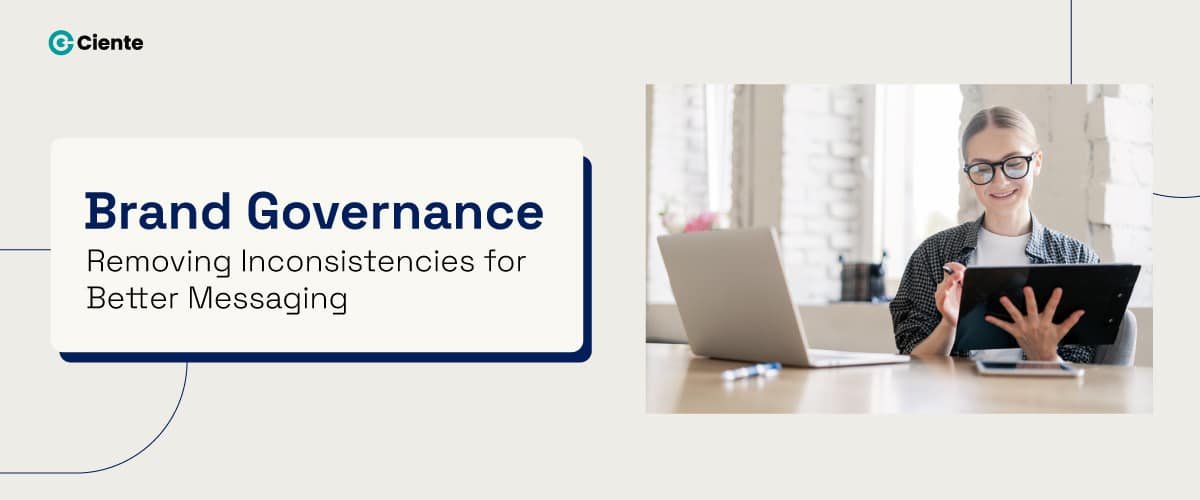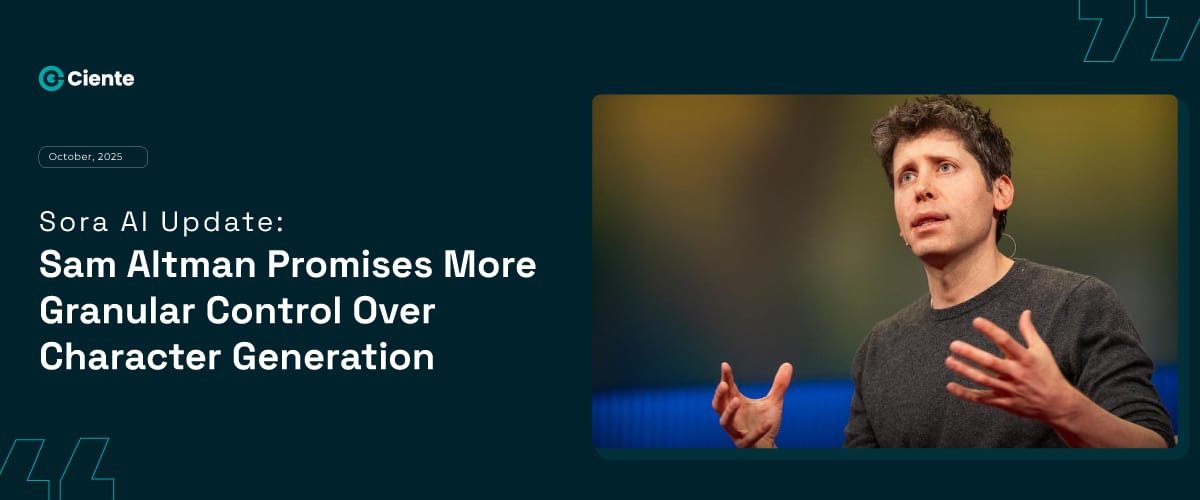Are playbooks really working for your sales team? The data is anecdotal and confusing. Perhaps it’s time for a new perspective to arise.
Sales is frenetic.
There’s energy everywhere, and the conversations are hypnotic to a certain degree. No wonder the outbound sales playbook plays such a pivotal role in the conversation, because like sports, sales is nothing short of an enchanting game. (And the stakes are at their highest.)
It’s like a game of American Football, a mirror of war. Because after all, sales is a battle of human wills.
“Here’s what we have. Can you buy it? You need it and here’s why.”
Then the buyer plays their own game to win- whatever winning might be for them.
But for sellers, it is relatively simple: to get the sale. So it would be natural to think of strategies and playbooks because they exist in football and other strategy games. There’s always the right first move.
And these playbooks sell for what? $1200-1300 a piece?
How many of these playbooks have worked in your favor? Surely, the answer depends on organization to organization. But that’s too ambiguous.
The popular theory is that playbooks do work, and the reason for that is simple: the sales leaders and reps who use these playbooks are already good at their jobs, and the playbook introduces new ideas for them to work with.
Caught between ‘the old playbooks are dead and the new playbook is in loop’, let’s talk about a simple idea.
What if you could escape this loop? No, not matrix style, but by observing where you stand in your own context.
What is a sales playbook?
This small section is for those who need a formal introduction.
A sales playbook is a set of strategies, buyer pain points, personas, and possible scenarios encountered by SDRs on call.
The playbook helps the sales rep navigate the uncertainty that the buyers may throw at them. The playbook has everything they would need to deal with the buyers and their objections.
Yes, it is a document. Ideally, a living document- one that changes shape as it grows.
But there is a problem with this. Playbooks are notorious for being shelved and never being used. Or they are too complex for teams to use- there is just too much there, and very few insights that can be used.
Why do businesses get playbooks wrong?
There is growing skepticism around playbooks. First, they are expensive to buy and time-consuming to create.
Second, these playbooks don’t offer much. Even though teams report a 30-40% increase in efficiency, these numbers are anecdotal and don’t offer a complete view. There are as many teams that say the playbook doesn’t work and is an expensive piece of content that remains on the shelf.
Or it isn’t used by their SDRs because there’s just a lot to unpack there. And of course, what else could it be?
There’s a vast disconnect between the playbooks and the players- sales is a dynamic game where buyer sentiment changes, and unlike football, there’s no real way to monitor it in real time.
This is what playbook creators and adopters falter- they think the buyer might give them real-time updates before a relationship can be established.
The outbound sales playbook is not what you imagined.
Of course, you want your sales team to be successful with as few resources as possible. Ideally, the math is simple: down go the costs and up go the profits.
And efficient communication with the prospects is part of this arithmetic. In as few calls, emails, and touchpoints as possible. After all, the CAC: CLTV ratio must be in balance. If CAC rises and CLV falls, that’s a huge problem.
But the traditional playbooks don’t look at this: they are focused on the quantity of the calls and extracting as much information out of the prospect as necessary. And the new playbooks are too marketing-centric.
It’s a conundrum. And the conundrum conveniently hides a crucial fact: sales is complex.
Sales Playbooks, new and old, don’t acknowledge complexity.
Does anyone believe sales are easy? Although it cannot be categorized as difficult, it is complex. There are a lot of moving parts involved- there’s the committee and the buying list.
These two elements make it difficult for sales reps to connect with their prospects. And the buyers are feeling this effect- they believe most of their sales calls are transactional. And they are irritated by it.
Think of all the calls you get with the same script, doesn’t it feel like a waste of your time?
Who would you rather listen to: the person who wants to solve your problem and understand it, or the person who is reading a script that someone else has created for them?
That’s the problem with these playbooks: they try to codify dynamic human behavior by assuming each segment will behave the same across events.
When has this happened? Never. And this thinking boxes the SDRs into a repetitive pattern, dulling their conversational instincts, something that a sales rep always needs to sharpen.
These playbooks, with their overreliance on data, reduce the prospect to a bunch of past-based predictions.
Does your organization need an outbound sales playbook?
That brings us to a vital question: must you invest in a playbook?
Let me give you a few likely scenarios: –
- It will increase efficiency
- It will eat dust in your SDR’s corners
- It will be removed from reality.
Option C is the most likely one. Why? Because buyer behaviors change rapidly.
Think of this, one prospect whom you have cold-called, accepts to sit for your demo. Your engineers and sales director are ready to explain everything, and the prospect never shows. And when you send an email to them, they say: –
“Hey, I am not going to sit for any call. What is this about anyway? I don’t remember any call.”
Down goes all the plays. The playbook didn’t account for the fact that nurturing is a vital component. Or the indifference of the buyer.
Yet it should have. But that’s when complexities arise. Think of all the ifs, buts, and if-else scenarios your SDRs will have to deal with. Can a single document capture all of that?
Even the blueprint of this framework and playbook might be too complex. But there needs to be a north star- something to guide the generation of SDRs. With more empathy, active listening, and that frenzy that makes sales so addictive.
How to create a sales playbook?
This part is a bit misleading on our part. To create a sales playbook, you could capture every best practice in history and fuse it with your organization’s context.
But that won’t do much if you think the playbook is the gospel and ask your team to follow it to the T.
They will fail.
The previous sections are clear. Outbound requires a deep understanding of the prospects, and that can happen on a call. Yet the pitches that SDRs give are so disconnected from the person- no wonder they aren’t responding positively.
But hey, that’s okay. In B2B, it’s the quantity that matters. Call 1000s and close 2, you have more than enough to run your ship.
Who cares about quality anyway?
But the market is always looking for a vendor that they can trust explicitly. And those 2 buyers that you got are about to churn for someone with better processes than you.
And this is where you have an answer: the process.
So the real question is: how to create a sales process?
The sales playbook, with its complexity, can actually be managed if we think of it in terms of systems and processes.
The guiding principles behind these processes must be: –
- Consultancy on overselling
- Identifying leverage through conversation
- Approaching sales with a multi-thread strategy
- Nurturing
If you look closely, all playbooks actually tell you to do this, but complicate it in a branch of conversations. Your prospects’ engagement in going to be based on what they think of the SDR, anyway.
Why not give the prospects time to breathe and connect with the person they will talk to?
This is the crux of the sales process. Yes, some of your playbook will help onboard new SDRs. But if an organization wants to grow, it has to make sure its employees grow with it.
It’s altruism based on mutual growth.
However, these processes require honesty that is lost in most B2B transactions.
Many sales leaders and consultants advise on playing on strengths and weaknesses because every organization has its inherent strengths.
A start-up can pivot quickly and take risks.
While mid-sized organizations build on trust.
And enterprises have resources.
There’s a lot of talent to go around, but companies falter when they don’t align their sales process to their organization’s context. I.e.: –
- The problem they are solving
- Their headcount
- Their resources and availability.
Often, this is why some organizations, even large ones, make promises and don’t do better on them. In a bid to survive and gain, they lose trust.
The playbook is a relic of the past.





